How Did People Keep Their Cool During Historical Heat Waves?
The modern air conditioner wasn’t invented until the early 1900s and took decades to become widespread.
But long before the age of AC, people had their own inventive methods for beating the heat. Each method reveals a lot about the resourcefulness of those who came before us.
Curious about how past generations stay cool during scorching summers? Let’s take a journey back in time to explore what these methods are.
1. Going to the movies
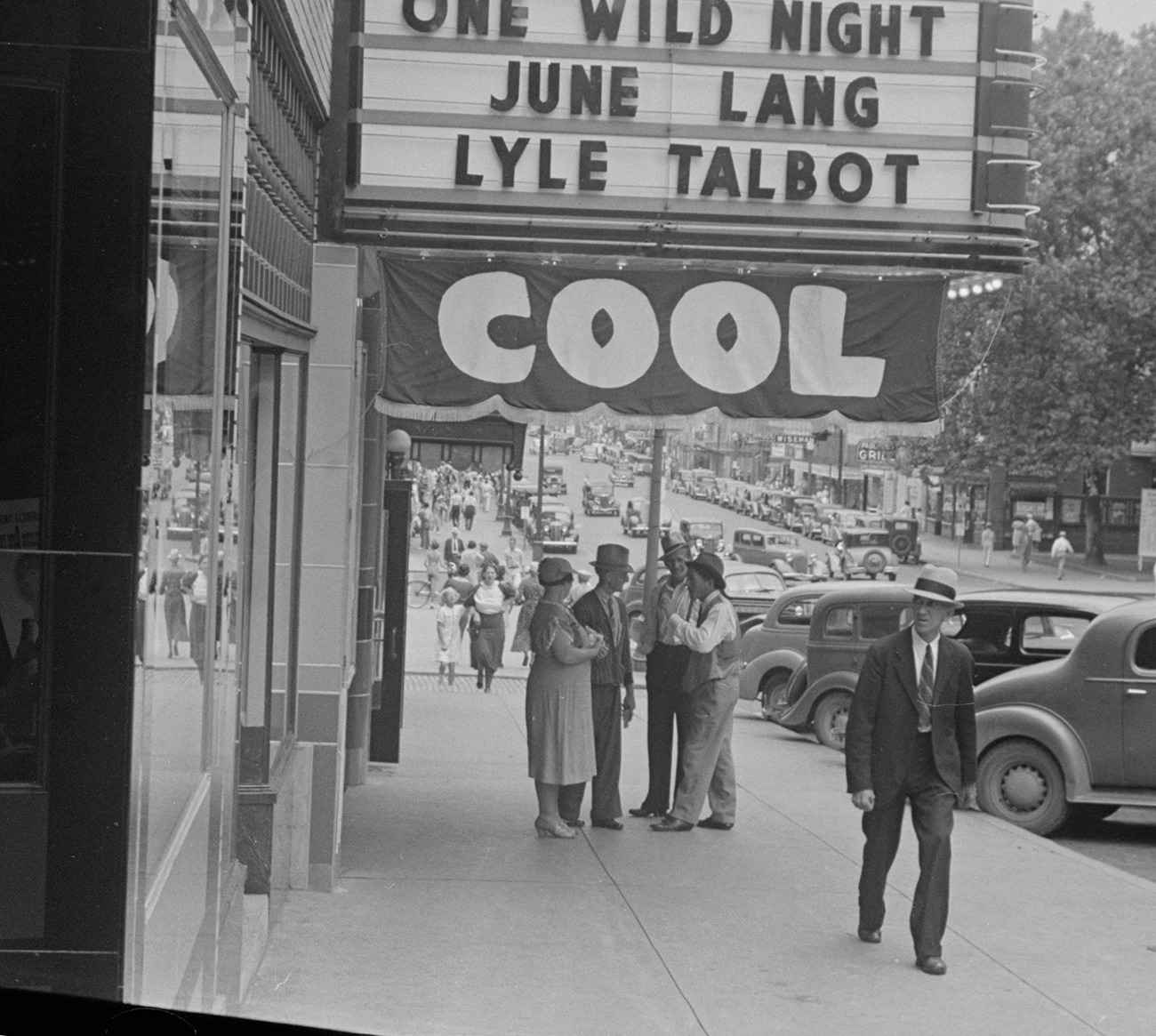
In 1902, Willis Carrier invented air conditioning to control humidity in a publishing house, but it wasn’t until years later that this technology became a staple for cooling indoor spaces.
Before air conditioning, theaters were often unbearably hot in the summer. These large spaces, lacking windows and with many seats packed close together, became stifling. Early cooling methods, such as using ice blocks, were too expensive and ineffective.
The game-changer came in 1922 when the Carrier Engineering Corporation installed modern air conditioning in theaters like the Metropolitan Theater in Los Angeles and the Rivoli Theater in New York City.
This innovation made movie theaters an appealing retreat from the summer swelter. With theaters now offering a refreshing climate, movie studios began releasing major films during the hotter months, giving rise to the summer blockbuster phenomenon.
2. Building “Summer Kitchens”
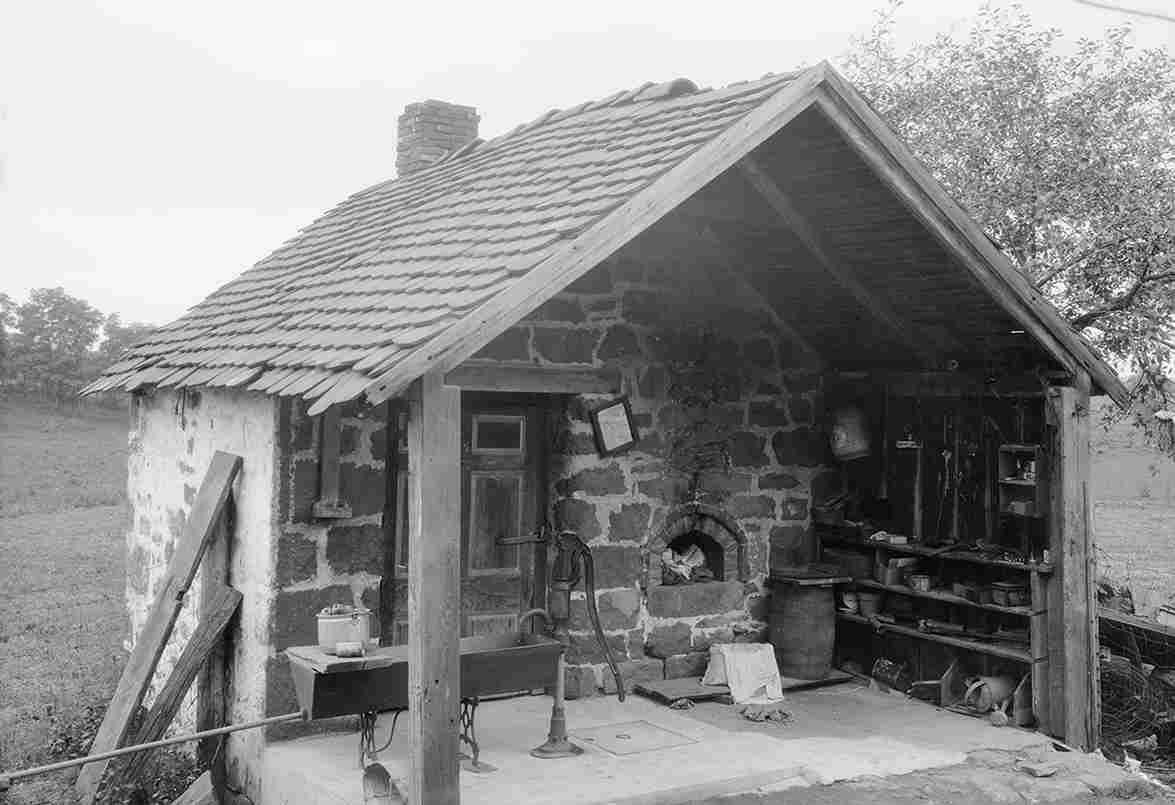
Before electricity, cooking and baking involved maintaining a constant fire in a hearth or a wood- or coal-burning stove. To keep the main house cool and lower the risk of fire, many households had a separate structure called a “summer kitchen.”
Summer kitchens were often simple structures like huts or lean-tos, provided for food preparation away from the main house.
As MacNish, the executive director of the Cutchogue-New Suffolk Historical Council, noted, “Because the fire had to be constantly burning in the oven, many houses had a small separate building near the house called a ‘summer kitchen.’ This helped keep the house cool and reduced the risk of fire.”
Another practical approach to avoiding heat was to prepare meals either early in the morning or after sundown when temperatures were cooler. This strategy allowed families to avoid heating their homes during the hottest parts of the day.
3. Wearing white linen or cotton

Decades ago, there was a clear distinction between “summer” and “winter” clothing. MacNish notes that this was also true for 17th- and 18th-century settlers in the northern American colonies.
These early residents switched from heavy woolen garments in winter to lighter linen or cotton attire in summer.
For those working in kitchens, wool was often preferred because of its fire-resistant qualities. Working near open flames made fire a real concern, and wool offered some protection against it.
Wealthier colonial women had their own ways of escaping the heat. They might retreat to cool cellars wearing minimal clothing, such as a simple shift. Linen was particularly favored for its breathability and heat-reflecting properties.
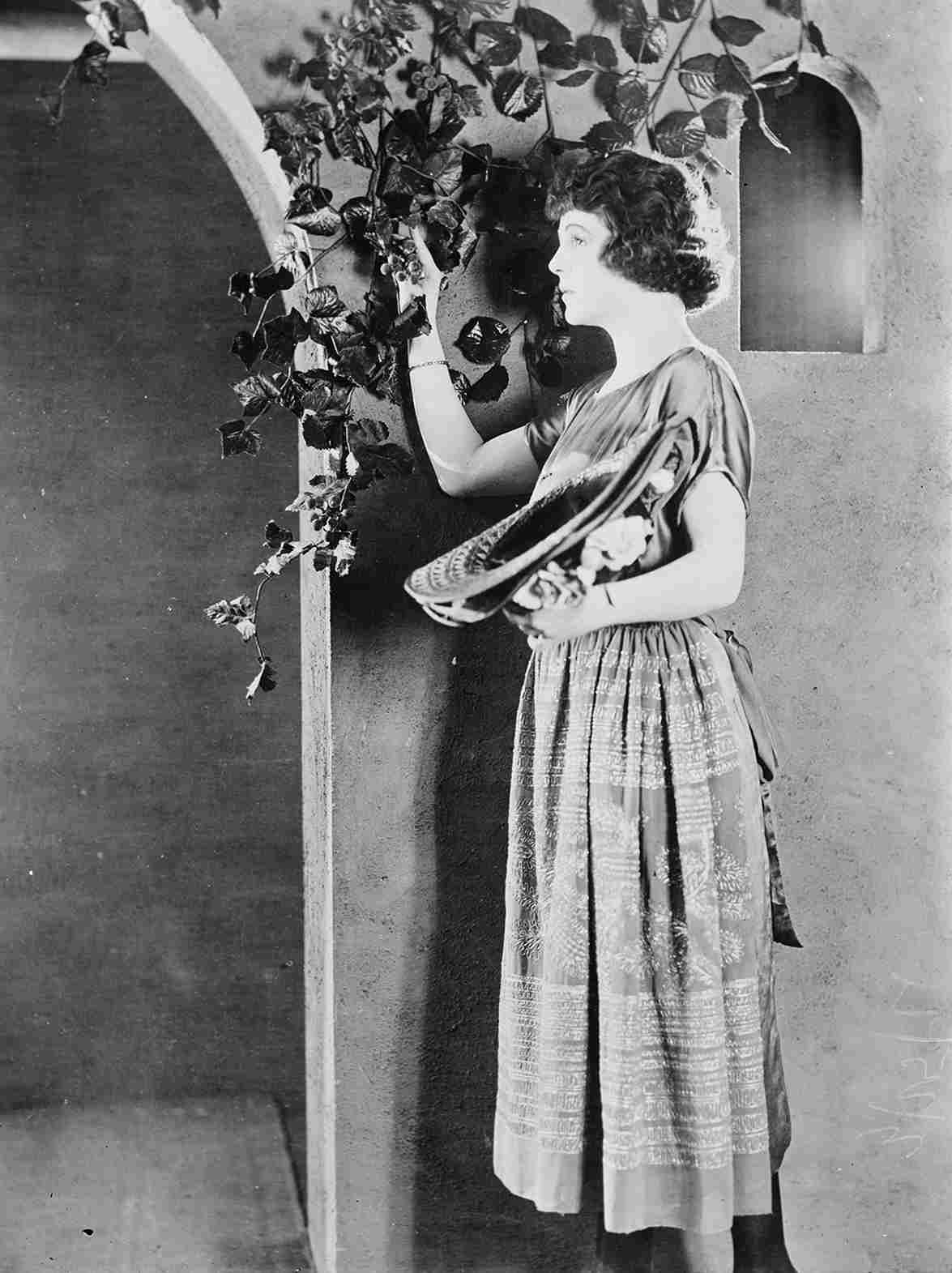
Although not everyone could afford an entire summer wardrobe of white linen, it was a practical choice for those who could. White cotton, while a good alternative, was more prone to damage.
Fashion in those times also adapted to the heat, with some women wearing dresses with shorter sleeves and slightly shorter hemlines made from thinner fabrics. However, modesty remained a key consideration, so not all women adopted these more relaxed styles.
4. Getting out of the city
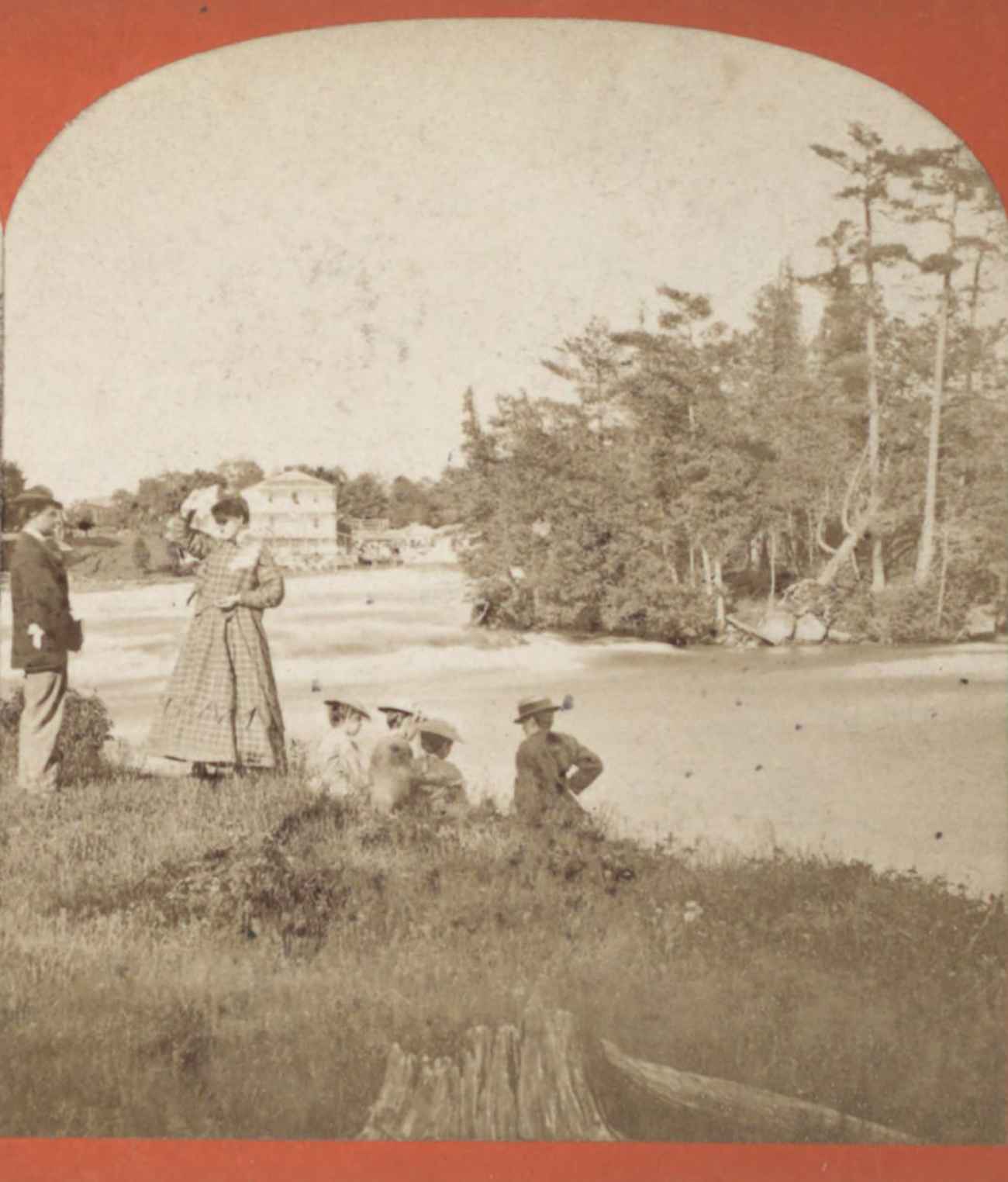
During the sweltering summer months, relocation wasn’t just a luxury for the wealthy. Early inland farmers on Long Island, for instance, took to the shores for fishing, staying in simple bungalows close to their homes.
MacNish notes that “fishing shacks evolved into primitive bungalows where their families would stay in the summer, and the workers would ‘commute’ back to the farmlands.” This practice remained common well into the mid-20th century.
As cities expanded during the 19th and 20th centuries, the elite retreated to cooler coastal and mountainous summer homes to escape the intense heat.
By the 1920s, this trend extended to the middle and working classes, who began to enjoy summer retreats in small cabins, bungalows, and A-frames, sometimes even building their own.
The mass-produced automobiles transformed this seasonal migration into a more accessible form of tourism.
5. Using hand-held fans

Hand-held fans offered a cool breeze and a way to keep pesky insects at bay. They were often crafted from luxurious silk or simple newspapers.
In the 19th century, folding fans were a significant status symbol, often associated with wealth and social standing. They were more than just functional items; they were elegant accessories that conveyed sophistication and refinement.
However, this trend shifted dramatically by the late 1800s. The mass production of paper folding and paddle fans revolutionized their use. No longer confined to the elite, these fans became practical tools for everyday people to cool themselves.
6. Spending time in sleeping porches

In the heat of summer, people turned to outdoor spaces to stay cool. 19th-century homes often featured porches, which served as relaxing, shaded areas away from the sun.
MacNish notes, “Wrap-around porches often extended to the dining room, allowing families to move meals outside and enjoy the summer breeze.”
In 1914, President Woodrow Wilson moved his office to a tent in the White House Rose Garden to beat the heat. His predecessor, William Howard Taft, used a “sleeping porch” on the roof to stay cool at night.
Sleeping porches, found in both southern and northern homes, were sometimes added to help those with illnesses like tuberculosis. In crowded cities, residents also got creative.
David Favaloro from the Tenement Museum explains that people living in tenements sometimes slept on fire escapes. Unfortunately, this often led to fines, as housing inspectors found them blocking these emergency exits with mattresses.
7. Going camping
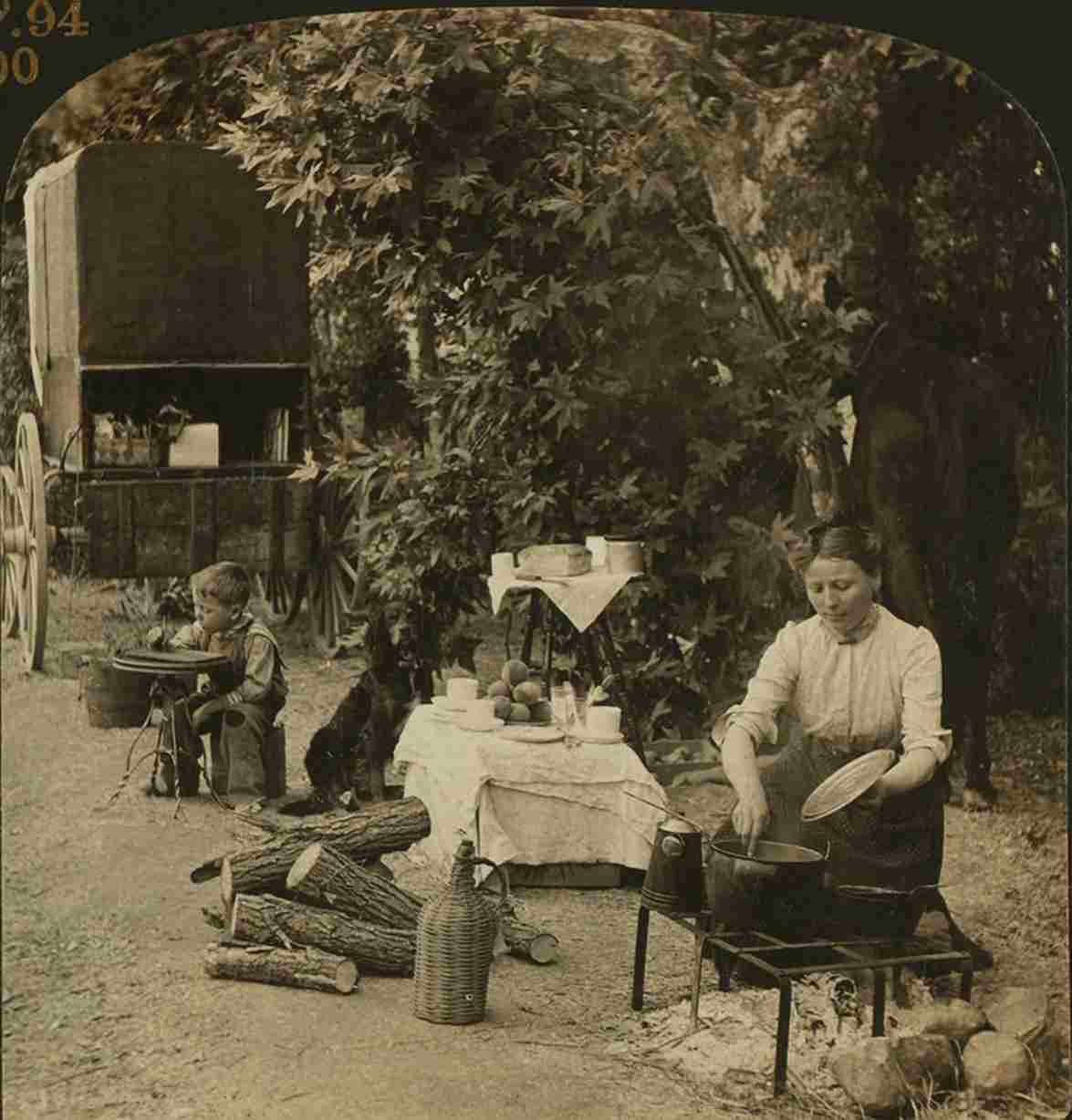
Before high-tech camping gear and lightweight, waterproof tents became widely available, people still embraced the joys of camping. For those without a second home or access to a cooler retreat, camping was a practical and refreshing option.
Living outdoors offered several benefits: you could cook meals over an open fire, enjoy the natural coolness of the evening air, and avoid the stuffiness of a house trapped in the summer heat.
Early campers often set up tents or makeshift lean-tos that provided some protection from the elements. As the centuries progressed, camping became increasingly popular. It was not just about escaping the heat but also about enjoying the great outdoors.
MacNish notes that even without modern conveniences, “Camping was a way to experience the fresh air and natural surroundings, combining practical benefits with the pleasures of nature.”
8. Making homemade ice cream
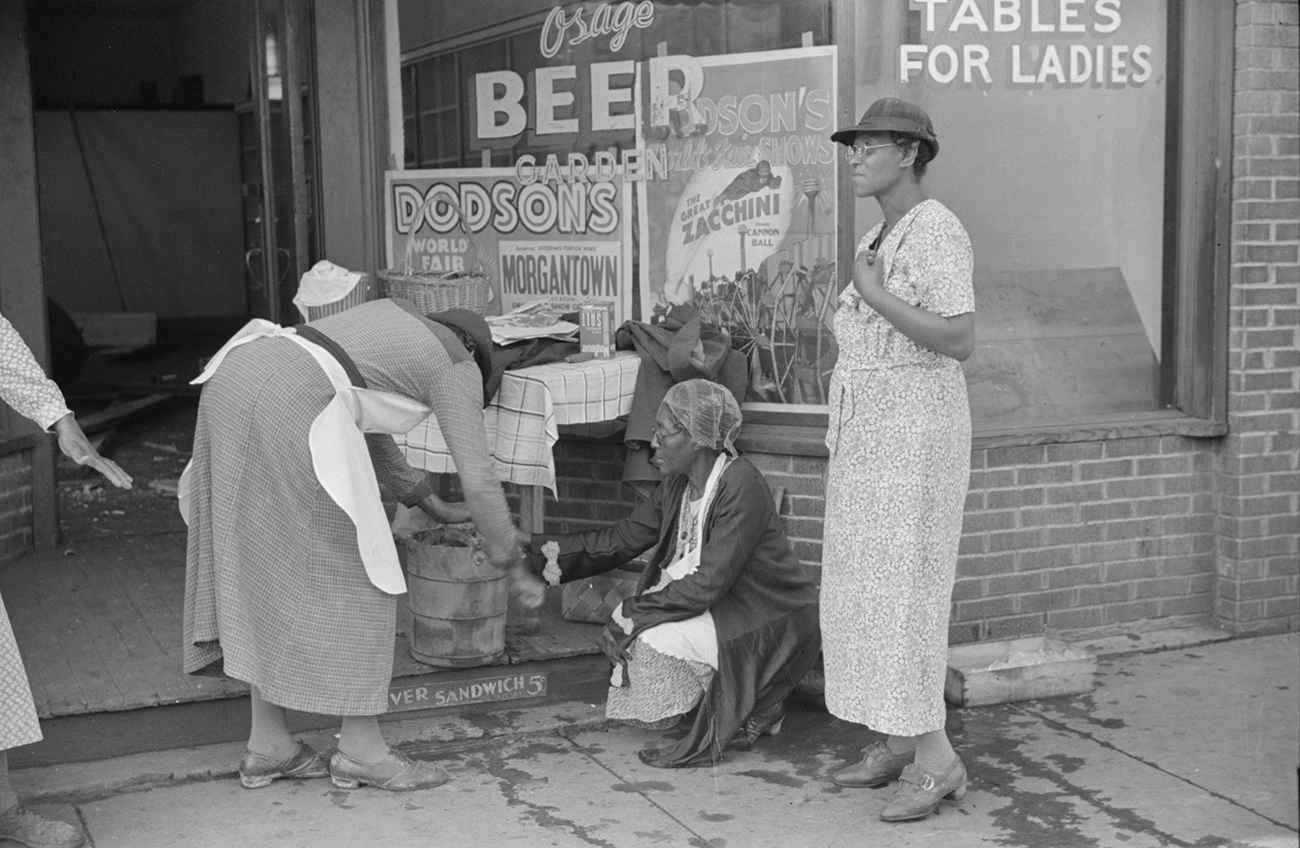
When it comes to making use of ice, one delightful option is to make ice cream! The art of creating this cool treat goes way back—indeed, even the ancient Romans enjoyed frozen desserts.
Back then, people didn’t have modern freezers, but they still managed to indulge in icy delights.
Before the advent of freezers, ice cream had to be enjoyed promptly, as it couldn’t be stored for long. This meant that making ice cream was often a special, time-sensitive treat.
However, the process of making it was just as enjoyable as eating it: mixing flavors and waiting for the ice cream to chill.

